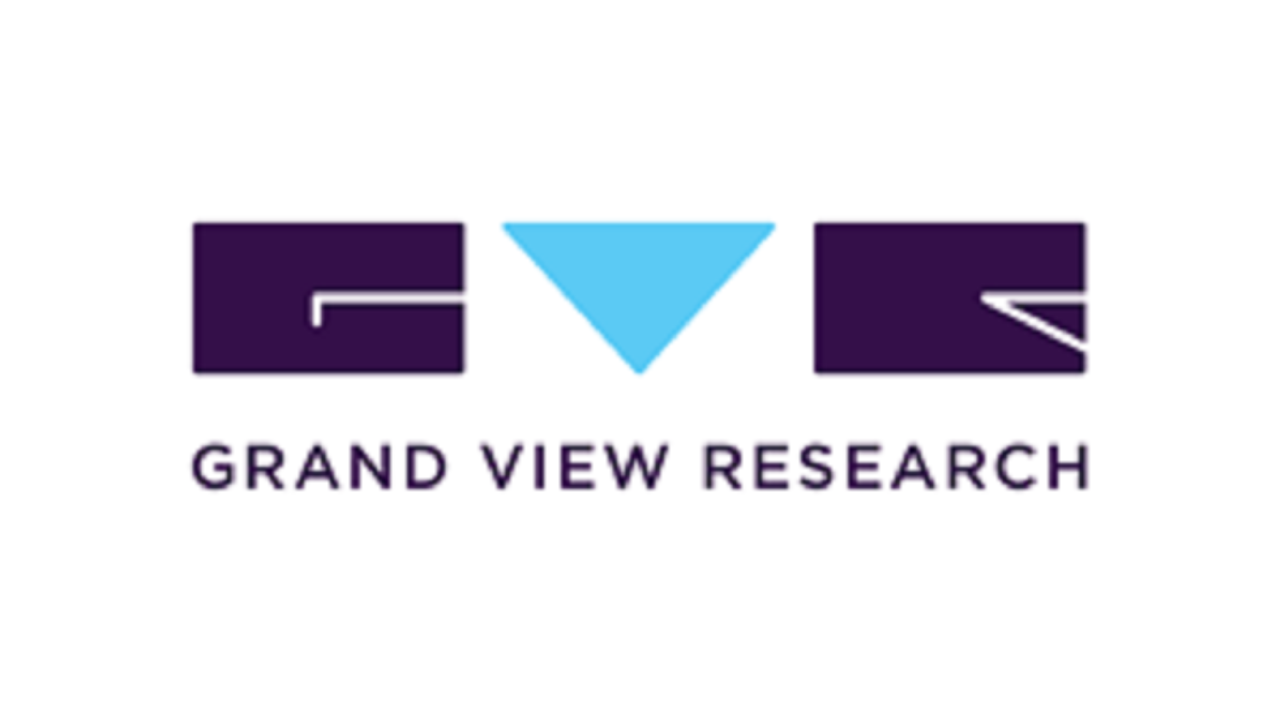According to a new report published by Grand View Research, Inc., the global jewelry market size is projected to reach USD 482.22 billion by 2030, expanding at a compound annual growth rate (CAGR) of 4.7% from 2024 to 2030. The luxury goods sector continues to serve as a major driving force behind this growth, despite ongoing challenges posed by fluctuating economic trends worldwide.
Following the global recovery from the 2008 financial crisis, there has been a consistent rise in the demand for jewelry, reflecting a resurgence in consumer spending. Notably, a significant shift in consumer behavior has been observed in recent years, with branded jewelry gaining increasing popularity. This trend is especially prevalent among affluent and upper-middle-class consumers in emerging markets—most prominently in the Asia Pacific region—where branded jewelry is not only a symbol of fashion but also of status and identity. According to the World Gold Council, in 2018, India and China together accounted for over 50% of the global gold jewelry demand, underlining their central role in the global market.
One of the reasons consumers prefer branded or established jewelry brands is the assurance of authenticity, design uniqueness, and trustworthiness. In addition, the influence of e-commerce has revolutionized purchasing patterns in the jewelry sector. Most consumers today conduct extensive online research before making a purchase and increasingly opt for online platforms for their convenience, accessibility, and broader product variety.
Technological innovations have also been instrumental in transforming various stages of the jewelry value chain—from mining and material sourcing to manufacturing and final sales. Notable advancements such as computer-aided design (CAD), 3D printing, and augmented reality (AR) have enabled jewelers to enhance product precision, reduce production time, and offer personalized experiences. These tools are also helping brands increase profit margins and optimize performance in retail and online outlets.
An emerging trend reshaping the industry is the digital transformation of the shopping experience. For instance, in June 2017, YOOX NET-A-PORTER GROUP, an Italian luxury fashion e-retailer, collaborated with Lumyer Inc., a U.S.-based app development company, to launch an augmented reality (AR) camera application. This tool allows users to virtually "try on" jewelry, handbags, and sunglasses, offering a more immersive and interactive shopping experience that blends online and offline retail environments.
Get a preview of the latest developments in the Jewelry Market? Download your FREE sample PDF copy today and explore key data and trends.
Jewelry Market Report Highlights
• Ring Jewelry Segment Leads Global Revenue
In 2023, the ring segment emerged as the largest contributor to global jewelry revenue. Rings are particularly popular due to their detailed craftsmanship, symbolic value, and status as timeless fashion accessories. Their appeal transcends gender, making them favored choices among both men and women seeking elegant and statement-making designs.
• Gold Material Segment to Register Fastest Growth
The gold jewelry segment is expected to maintain its leading position and record the fastest growth rate over the forecast period. As of 2020, the jewelry industry utilized over 1,400 metric tons of gold, representing more than one-third of total global gold demand, underscoring gold’s continued importance in jewelry production and consumer preference.
• Asia Pacific Dominates the Global Market
In 2023, the Asia Pacific region held the largest market share in the global jewelry market. This dominance is primarily attributed to the region’s dense population, fast-growing economies such as China and India, and the cultural significance of jewelry, particularly in India. Other contributing factors include rising living standards, increased per capita income, and the influence of social media, which is shaping consumer awareness and boosting demand for modern, stylish, and branded jewelry products.
Jewelry Market Segmentation
Grand View Research has segmented the global jewelry market report on the basis of product, material, distribution channel, end-user and region:
Jewelry Product Outlook (Revenue, USD Million, 2018 - 2030)
• Necklace
• Ring
• Earring
• Bracelet
• Others
Jewelry Material Outlook (Revenue, USD Million, 2018 - 2030)
• Platinum
• Gold
• Diamond
• Others
Jewelry Distribution Channel Outlook (Revenue, USD Million, 2018 - 2030)
• Offline Retail Stores
• Online Retail Stores
Jewelry End-user Outlook (Revenue, USD Million, 2018 - 2030)
• Men
• Women
• Children
Jewelry Regional Outlook (Revenue, USD Million, 2018 - 2030)
• North America
• Europe
• Asia Pacific
• Central & South America
• Middle East & Africa
List of Key Players of Jewelry Market
• Tiffany & Co
• Pandora
• Chow Tai Fook
• Louis Vuitton SE
• Richemont
• GRAFF
• Signet Jewelers Limited
• H. Stern
• Malabar Gold & Diamonds
• Swarovski AG
Order a free sample PDF of the Jewelry Market Intelligence Study, published by Grand View Research.


